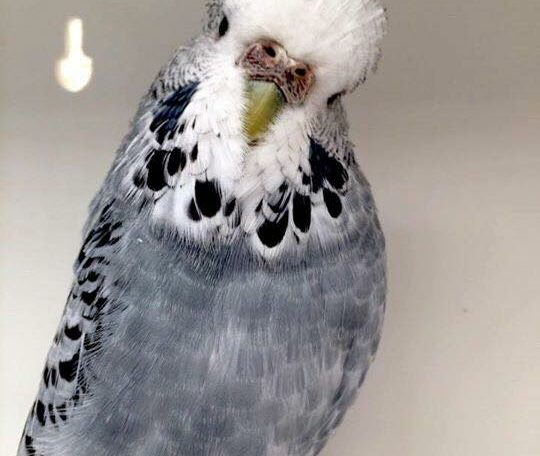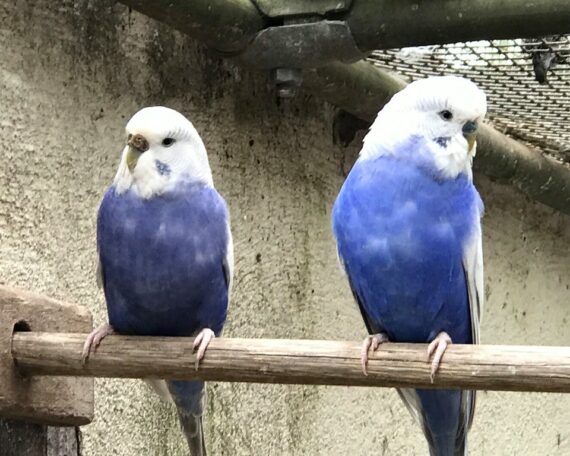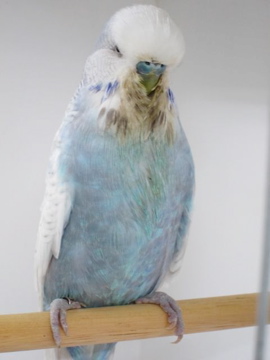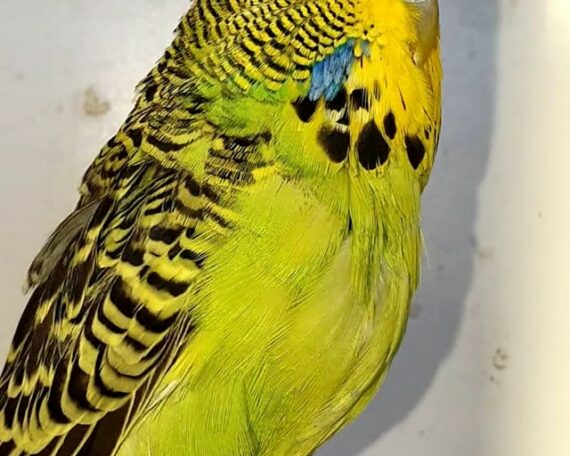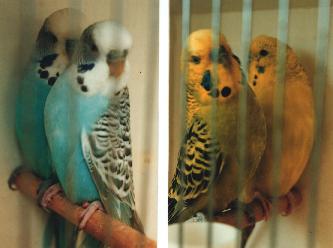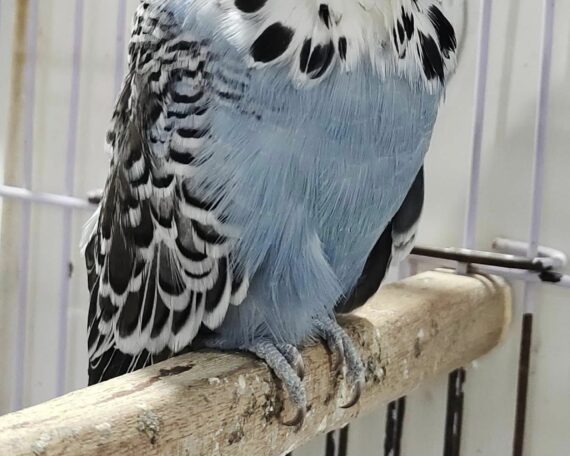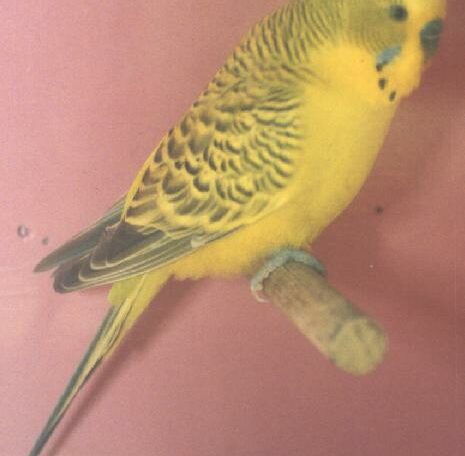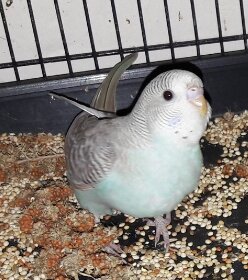Anthracite Budgie
Anthracite budgies first appeared in the aviary of German breeder H. Lenk in 1998. They were able to reproduce quickly, the results of which proved the mutation was recessive. While Anthracites don’t look much different with one copy of the gene (split), two copies give them extremely dark coloration. They are often combined with blue


